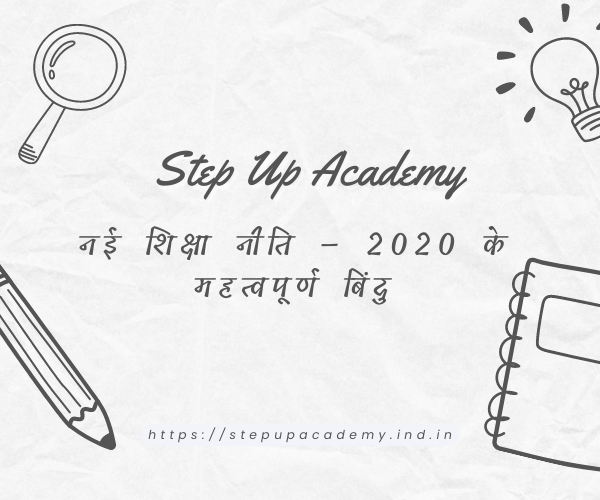History Behind The Indian National Anthem: Jana Gana Mana
23-01-2023 18:28
Jana Gana Mana was adopted as the national anthem of India on 24 January 1950. It was written and composed by Nobel Prize Winner Rabindranath Tagore in the year 1911. It was originally written in Bengali in 1911 and ignited a patriotic fervor among Indians during the independence movement. It was later translated into Hindi and Urdu by Abid Ali.
Its Hindi version was adopted by the Constituent Assembly as the national anthem of India.
On 24 January 1950, the Constituent Assembly of independent India declared it as its national anthem. Read this blog till the end to know the history behind making Jana Gana Mana our national anthem, amazing facts, and dignity of our national anthem
What was the reason behind making Jana Gana Mana the national anthem?
When the country became independent and the Constituent Assembly sat for the first time on the night of 14 August 1947, it ended with Jana Gana Mana. In 1947, the United Nations General Assembly (UNGA) met in New York. When the Indian delegation was asked to sing the national anthem of the country, the UNGA was given a recording of Jana Gana Mana.
In front of delegates from all over the world, Jana Gana Mana resounded on the orchestra and everyone appreciated its tune. Pandit Jawaharlal Nehru has mentioned this in a letter. Although, formally, Jana Gana Mana was not made the national anthem till then.
On January 24, 1950, the assembly sat to sign the Constitution of India. Meanwhile, the first President Rajendra Prasad officially declared Jana Gana Mana as the national anthem and Vande Mataram as the national song.
Important Facts About Our National Anthem
- 1. The national anthem written by Gurudev Rabindranath Tagore has five stanzas. Its first stanza was adopted as the national anthem.
- 2. The rhythm in which we sing the national anthem today was composed in Madanapillai, a small district of Andhra Pradesh.
- 3. It was translated into English by Margaret, wife of the famous poet James Cousin, who was the principal of the Besant Theosophical College.
- 4. Netaji Subhash Chandra Bose got the national anthem translated from Sanskritised Bengali to Hindi. It was translated into Hindi by Captain Abid Ali and composed by Captain Ram Singh.
- 5. In 1911, Gurudev Rabindranath Tagore composed a poem with five stanzas and the first stanza of the same poem was adopted as the national anthem.
- 6. Legally no person can be forced to sing the national anthem.
- 7. Under Section-3 of the Prevention of Insults to National Honour Act, 1971, strict action is taken for not following the rules of the national anthem and for insulting it.
- 8. Amar Sonar Bangla, which is the national anthem of Bangladesh, was written by Rabindranath Tagore and became the first poet in the world to write the national anthem of two countries.
- 9. It was Netaji Subhash Chandra Bose who adopted this song in his Azad Hind Fauj under the name Jai Hey.
- 10. Jana Gana Mana was first published in 1912 in a magazine named Tatvabodhini. Then it was titled Bharat Vidhata.
- 11. The national anthem is sung collectively every morning in Jammikunta village of Telangana and Bhanakpur village of Faridabad district in Haryana.
Respect & Dignity of the National Anthem
There is no objection to singing the National Anthem collectively as long as it is sung with respect and dignity while saluting the motherland. Schools also have a tradition of singing the national anthem collectively at the beginning of the day.
The national anthem is played and sung in various programs of the central and state governments, along with the hoisting of the national flag and the parade.
Doordarshan and All India Radio also have a rule of playing the national anthem immediately before and after the President address to the nation. In addition, there is a long list of occasions in which there is a tradition of playing and singing the national anthem.
Hope you find this blog helpful. To get more such information, stay connected with Step Up Academy.




